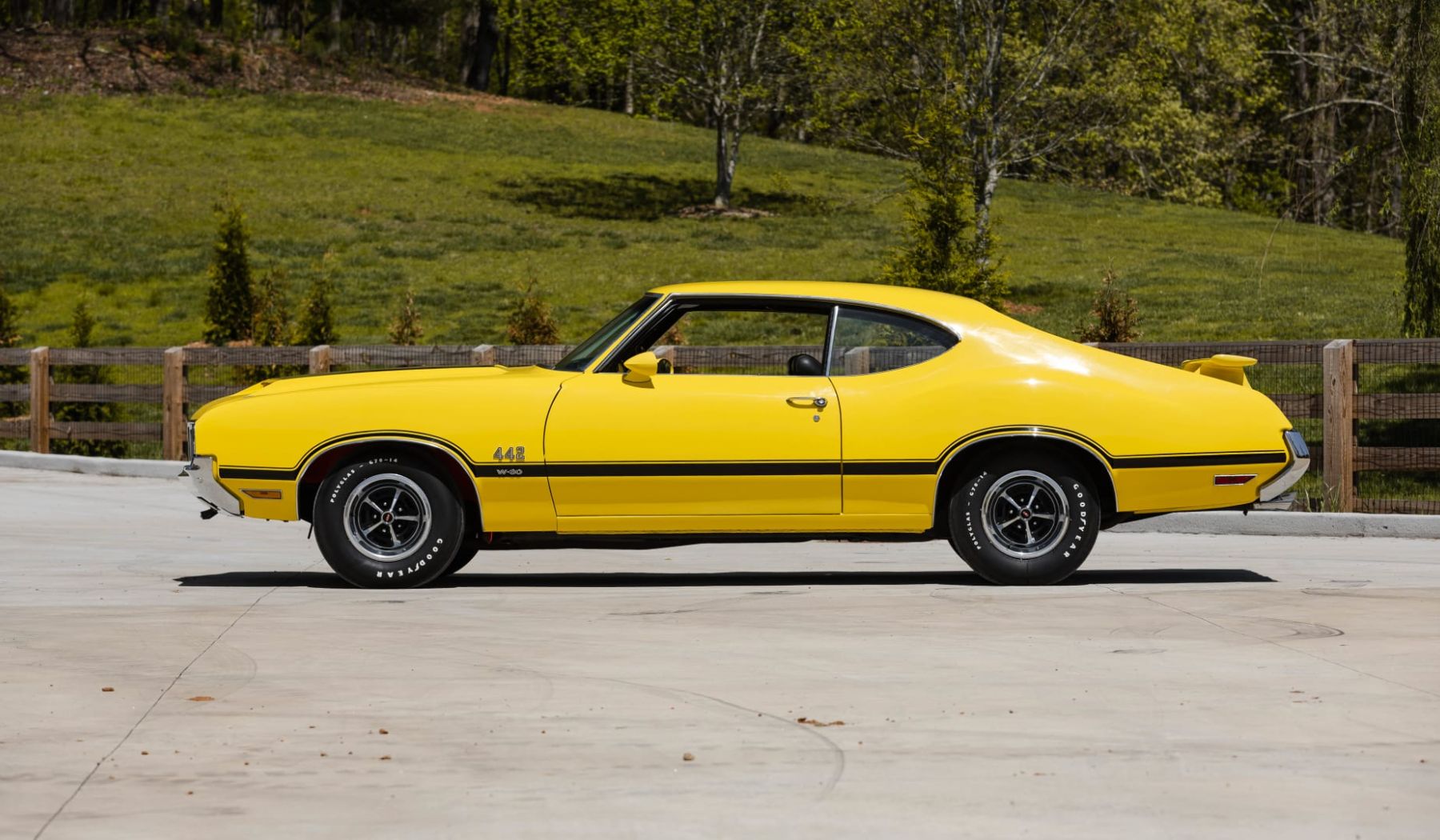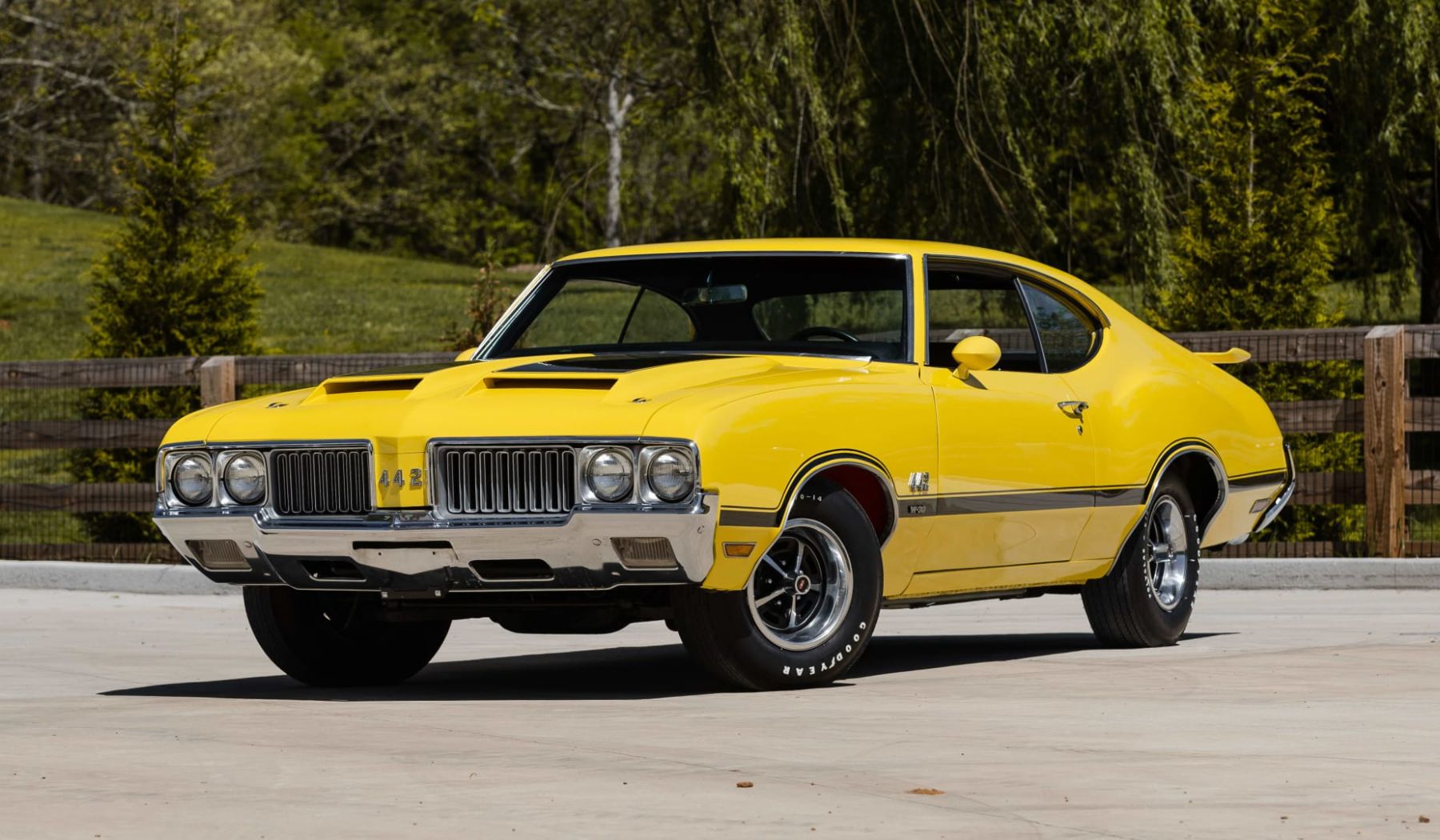While not as popular as its high-powered Chevelle SS and GTO counterparts, the 4-4-2 W-30 of 1970 offered a unique blend of performance and luxury that set it apart in the muscle car environment of its time.
Emerging during the early 1960s, high-performance intermediates gained traction, especially after Pontiac’s introduction of the GTO in 1964, which sparked fierce horsepower competition among Detroit automakers.
In response, nearly every car manufacturer joined the muscle car fray, providing enthusiasts with a wide array of high-performance options. The pinnacle of this battle occurred in 1970 when GM lifted its self-imposed 400-ci ban on intermediate V8s, allowing for the installation of massive engines in A-body intermediates.
Among the revered muscle cars of 1970, such as the HEMI ‘Cuda and Road Runner, Chevelle SS 454 LS6, and Buick GSX Stage 1, the Oldsmobile 4-4-2 W30 often goes underrated despite its impressive performance and unique luxury features.

Introduced as a response to Pontiac’s GTO, the 4-4-2 option was continuously refined over the years. By 1968, it evolved into a separate model with the addition of the W-30 package, offering even more performance enhancements.
The 1970 iteration received aesthetic updates, including a distinctive fiberglass twist-lock hood with functional twin scoops and optional rear spoiler, along with a luxurious interior that rivaled its competitors.
Equipped with the Rocket 455 V8, which was previously reserved for full-size models, the 4-4-2 W-30 delivered exceptional power, especially when paired with the optional W-30 package.
Despite conservative factory output ratings, dyno tests revealed its true capabilities, with impressive quarter-mile times that rivaled its more renowned counterparts. While it may not have sold in large numbers, the rarity and performance of the 4-4-2 W-30 make it a sought-after gem among muscle car enthusiasts.

